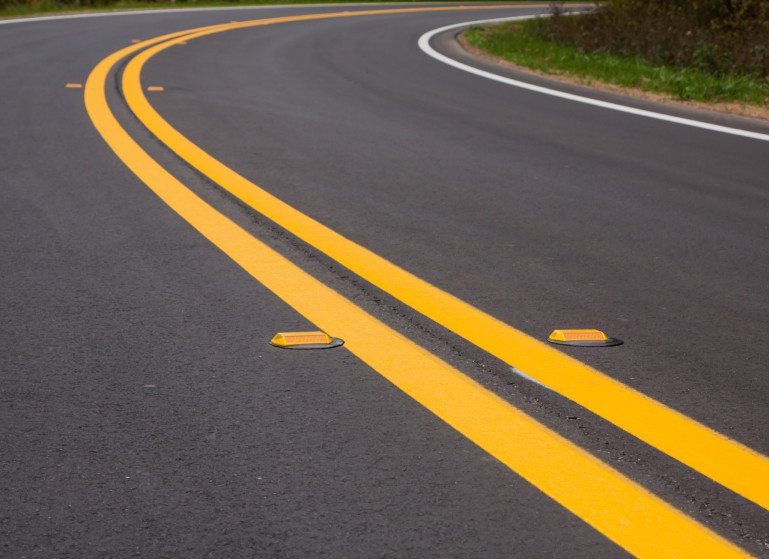
Coming up with ways to pay for highways, ports and other forms of travel is a challenge as old as the nation. Since the first toll road opened in Virginia in 1772, policymakers and planners have tried to meet the growing demands of people and goods in motion.
It’s not much different in the state Capitol these days, where Gov. Tony Evers and the Legislature are coming to grips with a transportation budget – except the cost is much larger, the issues are more complicated, and the trends changing the transportation system are more inevitable.
Highways and vehicles in Wisconsin and across the United States may not look the same 20 or even 10 years from now. Here are some reasons why:
- Electric vehicle sales will account for 20 percent of the U.S. annual total by 2030, according to the Edison Electric Institute, hitting 3.5 million that year alone. With a total electric fleet of 18.7 million vehicles by 2030, it is estimated 9.6 million private and public charging stations will be needed around the country.
- As of late last year, 24 states had some type of incentive (such as grants or tax credits) to support deployment of EV charging stations. Electric utilities across the country are gaining state regulatory approvals to invest in electric transportation, putting at least $1 billion into the effort so far.
- Ride-sharing vehicles will continue to change how Americans get around, especially for younger people who often tell pollsters and researchers they are not enamored with driving and dealing with traffic jams and parking. That trend will touch everything from urban congestion to parking strategies to housing.
- Autonomous vehicles hit a string of caution lights in recent years, but they’re not going away. The technology that guides them continues to improve and may make headway first in vehicles such as urban mass transit, truck convoys and ride-sharing. Uber unveiled its latest autonomous car a few days ago, for example. Many roadblocks remain, from infrastructure to public acceptance to the future of auto insurance, but AV is not DOA.
- Fuel efficiency is improving for most conventional vehicles, even if the roads are filled with more light trucks and SUVs. That has hit fuel tax collections in most states, not just Wisconsin, and is likely to continue with or without new federal standards.
- In a time-crunched world, more people are willing to pay for convenience in transportation. That may explain a shift in how motorists view highway tolling, where RFID electronic transponder systems and a connected system in many states have largely replaced the staffed booths of old.
Tolling could be a part of the answer for interstate expansion, even in a state such as Wisconsin, which took mostly federal money in the 1950s and 60s to build its I-system in exchange for not tolling. Law changes mean it’s possible for such states to toll in designated lanes in the same corridor. That could help pay for “hot lanes” on 1-39/90 from Beloit to Madison, and eventually the Wisconsin Dells.
Tolls export a fair share of road maintenance to users from other states, no small matter in tourism-conscious Wisconsin. The I-90, I-94, I-39 and I-43 corridors connecting Chicago, Milwaukee, Madison, the Twin Cities and many places in between are busy commercial alleys for traffic originating far outside Wisconsin, much of it in the form of heavy trucks.
Express-lane tolling can also relieve urban congestion. Colorado has a strong start on express-lane tolling in the Denver and Boulder areas, with those lanes getting a high-tech upgrade in a test to relieve traffic tie-ups and provide more reliable travel times.
If it works in those heavily traveled stretches of highway, so-called “dynamic tolling” that sets prices based on traffic volume and speed could be rolled out to other highway corridors in Colorado where similar toll lanes are being built or are being planned.
Evers and the Legislature must focus on some of the most pressing transportation problems at hand. After all, they’re debating a two-year budget … not the entire future of transportation. However, that same budget can help set the tone for coming cycles by embracing innovation.
Tom Still is the president of the Wisconsin Technology Council.